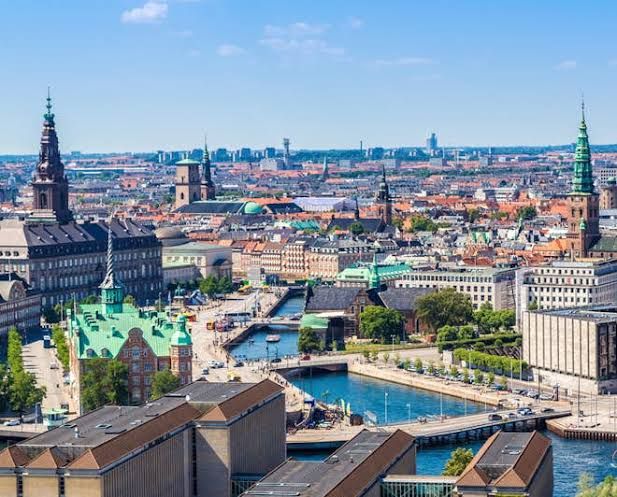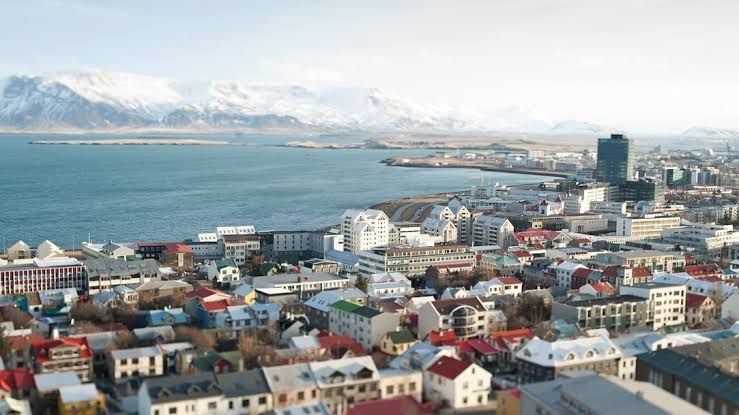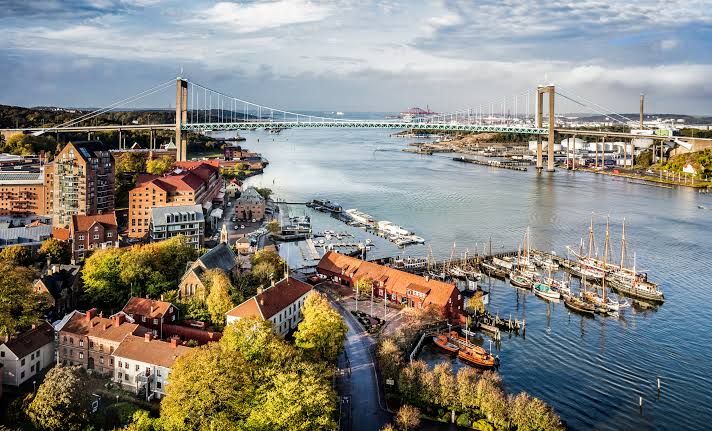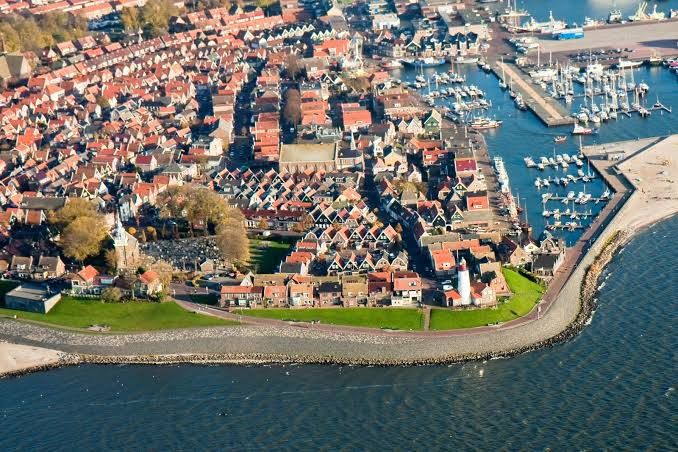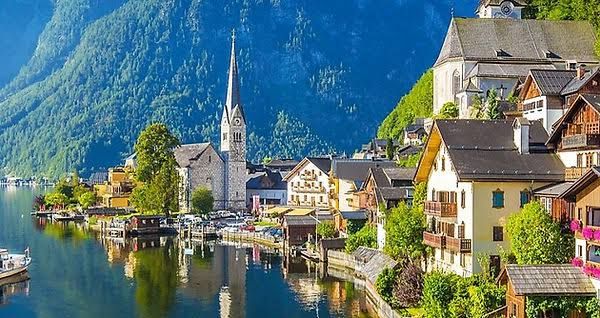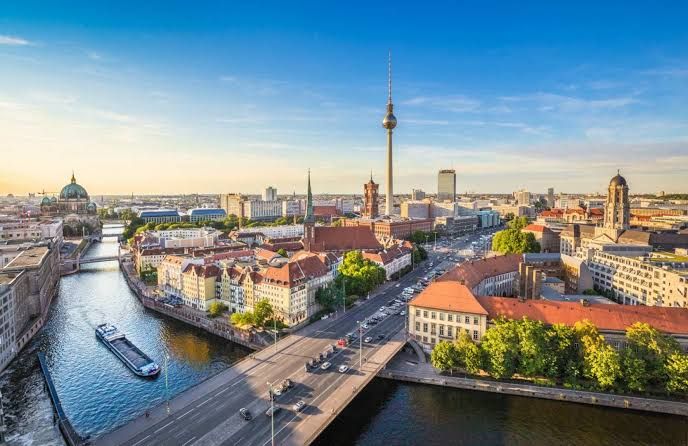
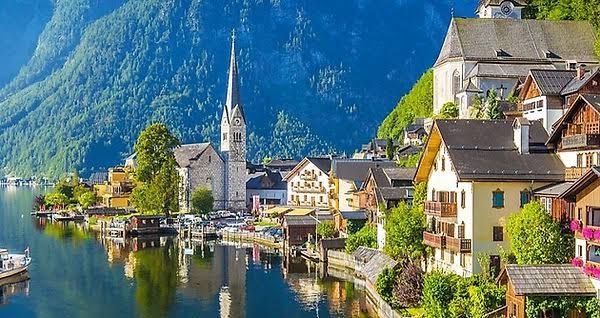

Rich history, varied culture, and strong economies are well-known traits of Europe. Among the richest countries in the world, this area boasts some of them. They present low unemployment rates, good standards of life, and first-rate healthcare systems. We shall closely examine the top 10 richest nations in Europe in this article. Train trips Europe provides an immersive and picturesque means for visitors eager in discovering the beauty and history of the continent to see its varied terrain and famous sites. Train trips offer an amazing trip over Europe’s rich past and dynamic present, whether you’re negotiating the French countryside or the Swiss Alps.
Based on PPP (purchasing power parity), the European Chamber ranks the top nations in Europe according to GDP per capita. Using purchasing power parity rates, PPP GDP is a gross domestic product converted to international dollars whereby an international dollar has the same purchasing power over GDP as the USD has in the United States.
List Of Top 10 Richest Countries In Europe 2024
1. Luxembourg
Among European nations, Luxembourg is among the richest. Having a population of about 650,000, it ranks first in the world as of 2022 with a GDP per capita of about $115,000. Diverse and strong economy with important sectors including finance, steel, and telecommunications supports this outstanding economic success. The nation’s wealth is the outcome of decades of deliberate economic policy, not a modern phenomena. Adopting a pro-business attitude in the 1960s helped Luxembourg become a financial center by drawing many foreign companies and financial institutions. This action set the basis for its present economic success. Z The good tax laws of Luxembourg are one of the main factors for her economic success. The nation has a low corporation tax rate, which has drawn international businesses to set major operations or headquarters there. This has greatly affected the income of the country and general economic development. Furthermore driving Luxembourg’s economic situation is its dedication to creativity and technology. Especially in fields like finance and space technologies, the government has heavily funded research and development. Along with diversifying the economy, these initiatives have produced highly valuable employment and growth-oriented prospects. Foreign investors choose Luxembourg because of its strategic location inside Europe and stable political climate. Its economic resilience and worldwide competitiveness are much enhanced by its participation in the European Union and close trade links. Among Europe’s richest countries, Luxembourg’s narrative of economic success is a monument to proactive government, strategic planning, and a business-friendly environment overall.
2. Switzerland
Among Europe’s richest countries, Switzerland is well-known for its high degree of living and robust economy. Ranked among the top nations worldwide in terms of wealth, its GDP per capita is $83,832. Different industries including manufacturing, healthcare, and banking feed this economic vitality. Stability and innovation have always been hallmarks of the Swiss economy. Particularly the banking and financial industries have been pillars of Switzerland’s economic success; top institutions like Credit Suisse and UBS set the example. The nation’s banking industry has also been appealing in part because of its neutrality in world events. Switzerland’s strong healthcare system and first-rate education also help to increase its appeal to companies and people both. The nation’s dedication to research and development has produced discoveries in many disciplines, including biotechnology and renewable energy. The low unemployment rate of Switzerland, usually ranging from 3 to 4%, reflects its economic strength. The strong Swiss franc (CHF) currency of the nation emphasizes its economic stability and appeal for investors even more.
3. Norway
When major oil deposits were found in the North Sea in the late 1960s, the nation started its economic climb. This realization changed Norway’s economic environment and helped it to rank among the most wealthy countries in the world. Through the creation of the Government Pension Fund Global, sometimes known as the Norwegian Oil Fund, the Norwegian government efficiently handled its recently acquired oil riches. Established in 1990, this sovereign wealth fund now ranks among the biggest in the world with assets valued at $1.3 trillion by 2022. Funding several social projects and ensuring Norway’s financial stability depends critically on this fund. Beyond its riches of oil, Norway enjoys a varied economy with strong industries including technology, renewable energy, and marine shipping. For economic competitiveness, creativity, and quality of life, the nation has regularly placed highly on world measures. Among the greatest per capita GDP in the world, Norway’s has exceeded $80,000 in past years. Its first-rate infrastructure, great quality of living, and complete welfare system—which includes universal healthcare and education—reflects this wealth.
4. Ireland
Ireland comes in among the richest nations with a GDP per capita of $87,720 in 2021. Many elements drive this amazing economic growth, including a strong services industry, especially in technology and finance. Ireland’s economic success can be mostly attributed to its good corporation tax system, which draws international businesses to set their European headquarters there. This approach has produced notable job creation and foreign direct investment flows, therefore promoting economic development. Ireland has also deliberately positioned itself as a worldwide tech center, with big corporations like Google, Facebook, and Apple rather heavily present in the island. Along with increasing job possibilities, this has improved Ireland’s standing as a hub for creativity and business.
5. Denmark
With a GDP per capita of roughly $58,000, Denmark ranks among the top nations in Europe for economic wealth. Denmark’s varied economy is one important component driving its riches. Leading companies in sectors such as medicines, renewable energy, and information technology define the strong industrial sector of the nation. Denmark’s economic growth has been much aided by companies such as Maersk Group, Vestas Wind Systems, and Novo Nordisk. Denmark’s strong social system and focus on education and creativity help to underline even more its stability and economic development. The government supports entrepreneurship by extensively funding research and education, therefore producing a trained workforce. Denmark routinely rates highly on indexes of world innovation and competitiveness. Apart from its strong economy, Denmark is well-known for its great standard of living. The nation guarantees a good level of life for its people by giving social welfare programs, education, and healthcare first priority. Copenhagen, its capital, is a thriving center of culture with great focus on environmental projects and sustainability. Strong trade alliances and Denmark’s strategic location help to explain her economic success as well. The nation, which belongs to the European Union, is well-known for its commercial friendliness, which draws foreign investment, and for encouraging international economic links.
6. Iceland
Beginning in the late 20th century, its path to economic success was defined by deliberate policy choices and efficient resource allocation. Iceland opened a transforming economic path in 1994 by liberalizing its finance industry, which drew large foreign investment. With GDP per capita rising to $75,000 by 2007 among the highest worldwide, this action set the stage for fast economic expansion. The economic resiliency of the nation was put to the test during the 2008 world financial crisis. Extreme difficulties in Iceland’s banking industry resulted in a financial collapse and later economic crisis. But Iceland’s aggressive policies—capital restrictions and devaluation of currencies—helped to stabilize the country. Iceland recovered really brilliantly by 2011, with GDP growth rates above predictions. Embracing the tourism and renewable energy sectors, its economy expanded outside conventional sectors including fishing and geothermal energy. One notable strategic concentration of Iceland on sustainable development is Leading worldwide in clean energy generation, it makes use of plenty of renewable resources including hydropower and geothermal. The nation’s dedication to environmental preservation fits its economic objectives and draws investors and environmentally concerned visitors.
7. Sweden
Among nations in Europe, Sweden, a Nordic powerhouse, boasts among others wealth. Its strong economy and decent living conditions have helped it to regularly rank well on world economic indices. Sweden ranked among the top economies in Europe in 2022 with a GDP of around $550 billion. Different sectors like industry, services, and technology support the economic success of the nation. Swedish businesses such as Volvo, IKEA, and Ericsson have won praise abroad, therefore helping to propel the country’s economy forward. Sweden also boasts a powerful welfare system that provides its residents free education and healthcare. Sweden’s economy centered on innovation is one of its main assets. It devotes a good amount of its funds to research and development, therefore encouraging an entrepreneurial culture and technological progress. In fields including biology, information technology, and renewable energy, this emphasis has produced discoveries. With a low unemployment rate—roughly 6% in 2022— Sweden’s financial stability is evident. The nation also keeps a good trade balance, shipping machinery, cars, and medications to markets all over.
8. Netherlands
With a strong economy and good quality of living, the Netherlands is among the richest nations in Europe Its excellent location for trade and industry drove centuries-ago starting its economic trip. Driven by maritime trade, banking, and industry innovation including shipbuilding and textiles, the Dutch Golden Age by the 17th century represented the height of its economic might. The Netherlands keeps its economic power in modern times by means of several sectors. Rising above €900 billion in 2020, its GDP regularly ranks among Europe’s best performers. Its constant expansion in face of worldwide economic difficulties is evidence of its financial fortitude. Rising sectors like agriculture, manufacturing, technology, and financial services define the economic scene of the nation. Especially in horticulture and dairy goods, the Netherlands is clearly a leader in agricultural exports worldwide. One of the biggest ports in the world, Rotterdam greatly helps to explain its trade supremacy. Furthermore clear evidence of the resiliency of the Dutch economy is its inventiveness and entrepreneurship. The capital, Amsterdam, is a hive of entrepreneurs and technology businesses drawing investments and encouraging innovation in many different fields. Support of research and development by the government strengthens its competitiveness even more. Furthermore, the Netherlands features first-rate infrastructure, education, and healthcare as well as a good standard of living. Its social policies support diversity and well-being, therefore enhancing the quality of life available to its people. Ultimately, the Netherlands’s path to economic success over millennia has been one of invention, trade, and resiliency. Today, it is among the richest countries in Europe, reflecting in its economic scene a mix of modernism and history.
9. Austria
Austria’s GDP per person exceeds $52,000, evidence of its economic prowess. Beginning in the late 20th century, Austria’s path to prosperity started from post-war hurdles to rise to be a major participant in the European economy. Important industries driving Austria’s economy are services, manufacturing, and travel. Millions of people visit the nation every year for its gorgeous scenery and cultural attractions, therefore boosting its tourist sector. The GDP of Austria depends much on this flood of visitors. Moreover, the manufacturing sector of Austria is well-known for its inventiveness and accuracy engineering. Driving exports and bringing money for the nation are mostly dependent on sectors such as electronics, machinery, and automotive which have great impact. The economic success of Austria has also been much aided by its dedication to education and trained workers. The nation enjoys a highly educated workforce, and investments in research and development help to inspire worldwide innovation and competitiveness. Austria has increasingly adopted sustainability projects and renewable energy in recent years, therefore strengthening its environmental care and economic resilience. Projects like the spread of energy-efficient technologies and renewable energy sources have made Austria a pioneer in green innovation throughout Europe.
10. Germany
With a GDP around USD 4 trillion, Germany is among the top economies in the world. Its economic strength is firmly ingrained in many different fields, including technology, engineering, and car production. Thanks to creative sectors including medicines, renewable energy, and computer technology, the German economy saw notable expansion following World War II. Through the late 20th and early 21st centuries, this development path confirmed Germany’s economic might. The export-oriented economy of Germany is among its strongest points. From luxury vehicles like BMW and Mercedes-Benz to precision machinery and medical tools, the nation is known for its premium goods. Germany’s wealth and worldwide influence are much enhanced by this export orientation. Moreover, Germany’s economic performance depends much on its powerful finance industry. Frankfurt, sometimes known as “Mainhattan” because of its striking skyline is an evocative of Manhattan, and is the main European financial center. The European Central Bank and several multinational financial organizations housed in the city highlight Germany’s significance in the world’s financial scene. Germany’s economic success stems from its dedication to science and creativity as well. The nation regularly funds infrastructure, technology, and education to provide a favorable climate for corporate expansion.




